
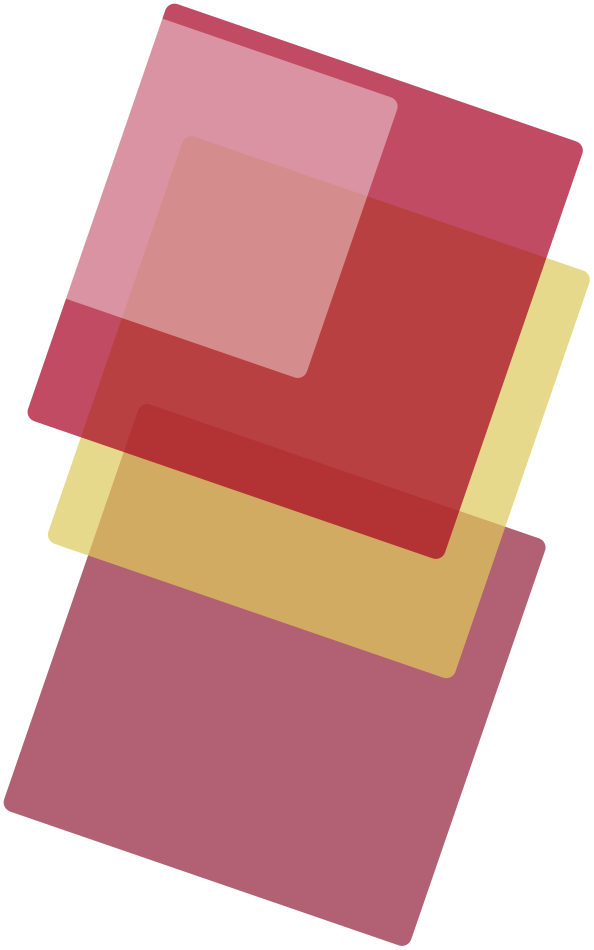
Learning about the body is
one of the most interesting things
for children and adults alike!
Our bodies are incredible and have
so many different parts that work together
to keep us healthy and alive.
In STEM class,
grade 1 are learning about their bodies
through hands-on experiments during their
【Who We Are】unit of inquiry.
Body Outlines
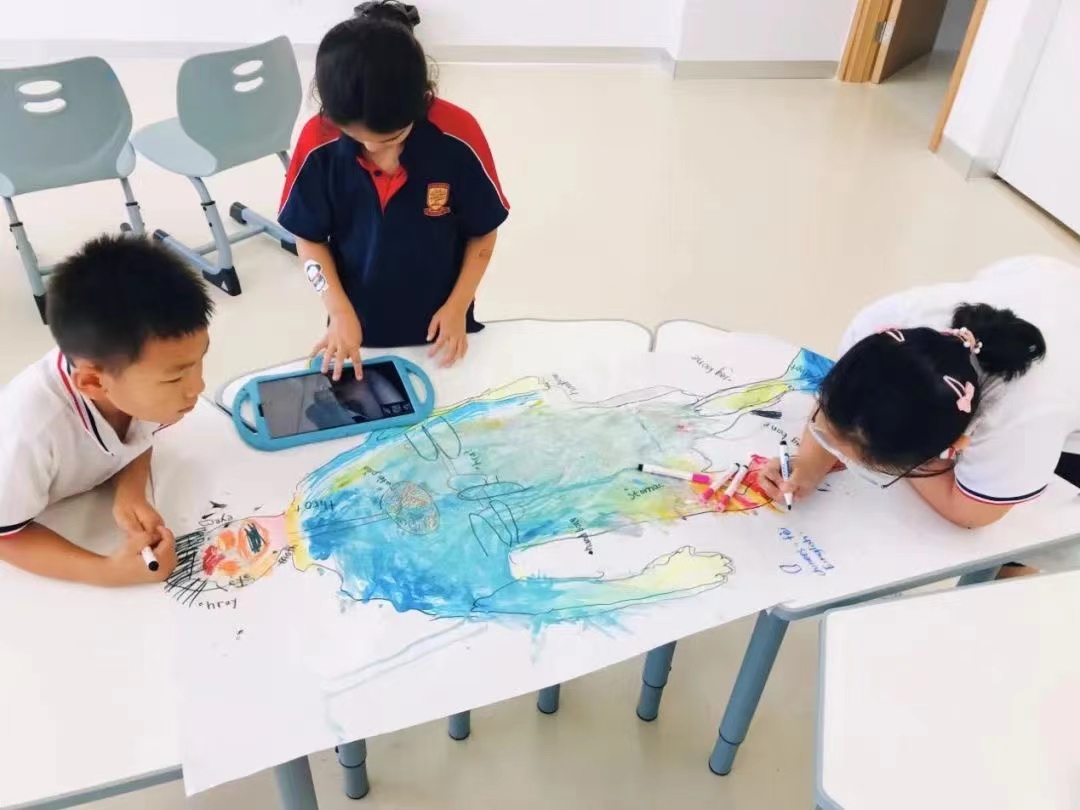
The unit of inquiry began with students drawing around their classmates and labelling the parts of the body that they already know. The students all realised that they already knew a lot about the different parts of their bodies but they still had a lot of questions about their internal organs.
Augmented Reality (AR) combines the physical world with the virtual world by superimposing computer-generated images or animations into a real-world environment. so it looks like images are in our world. The students can use AR on their IPADS to bring body parts to life.
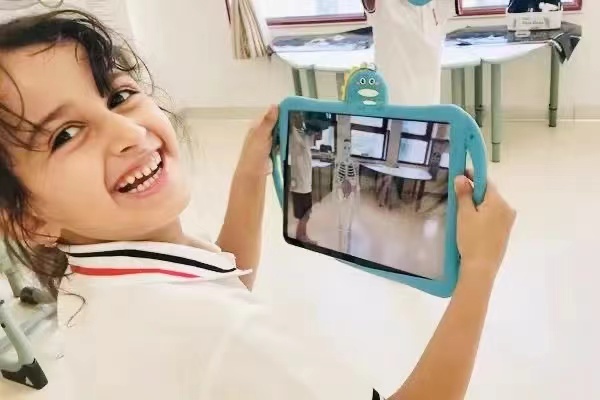
The Upstairs And Downstairs Brain
What are some of our big emotions? Have you ever felt like your emotions get out of control? What can make your emotions get too big?
The students learnt about the different parts of their brain with a concept from Dr. Siegel's book "The Whole-Brain Child" that helps us understand the brain in a simple way called the upstairs and downstairs brain.
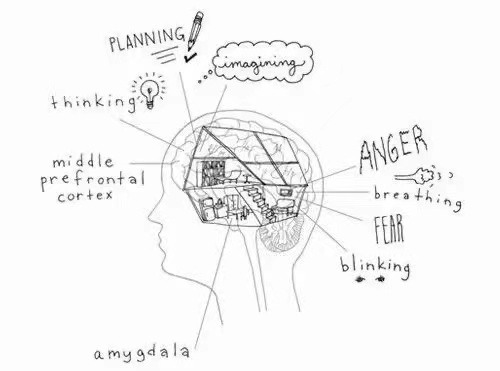
Then they created pop-up cards to visualize what they learnt and remind them of strategies they can use to calm down in these situations.
Building a Bell Jar Lung Model
The students jumped up and down and felt their breathing getting heavier. Through building a model they found out how air moves in and out of our lungs when we breathe, keeping us alive.
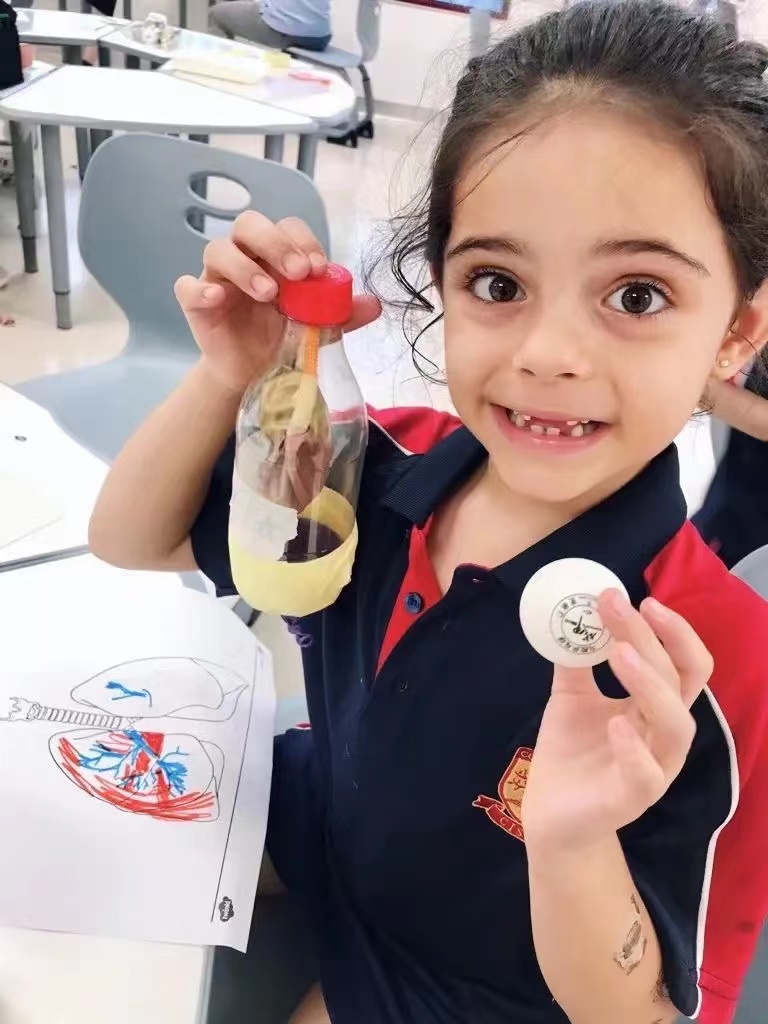
In the model, the bottle represents the chest and the balloons represent the lungs. The knotted balloon at the bottom is the diaphragm.
When the students pull the knot of the balloon down, the space inside the bottle increases and the balloon fills with air just like when our chest expands and air flows into our lungs when we inhale.When the students push the knot up inside the bottle, the space decreases, and the balloon deflates. Just like when the chest contracts, and air is pushed out of the lungs when we exhale.
Engineering a Heart Model
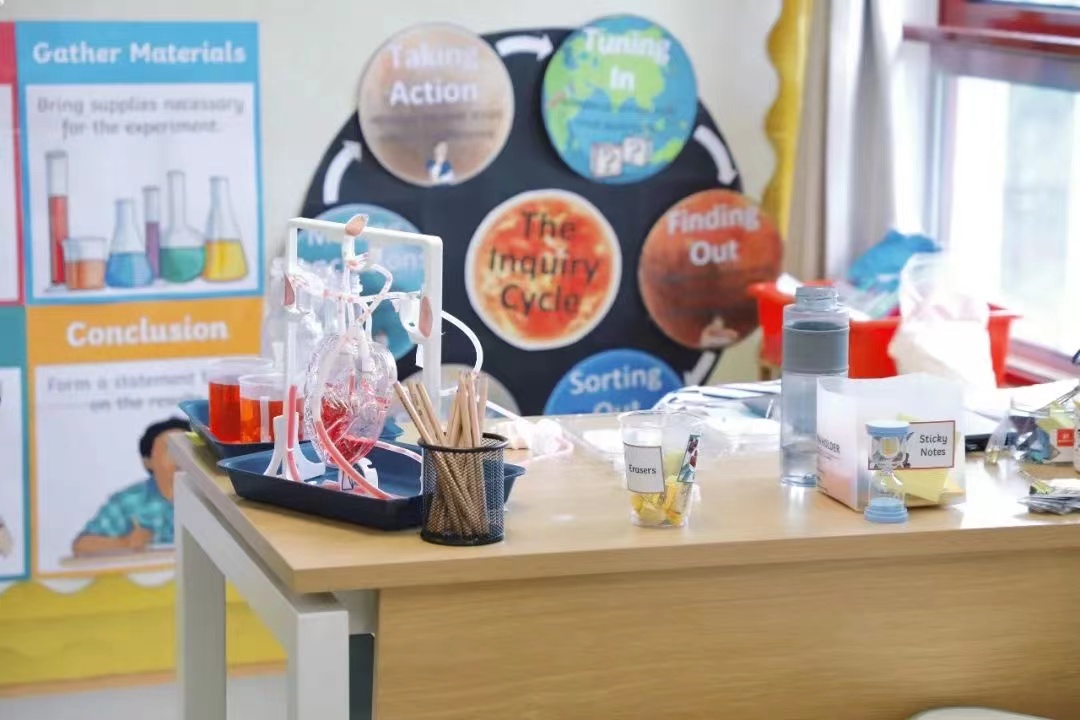
This heart model experiment is an excellent way for children to learn about how blood pumps through the heart. In this experiment students learn about valves, chambers, the atrium, the ventricle, and how the lungs play a part too.
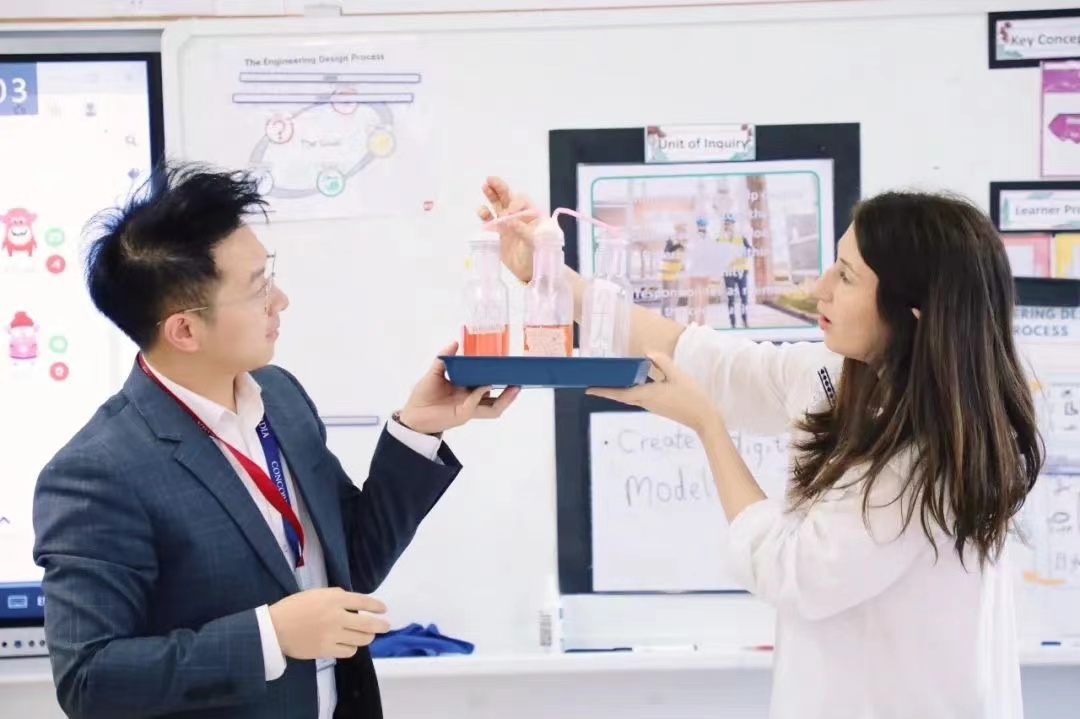
In this simple model the first bottle is the atrium of the heart, the second bottle is the ventricle, and the third bottle is the body. Our fingers function as the valves of the heart when we squeeze the straws.
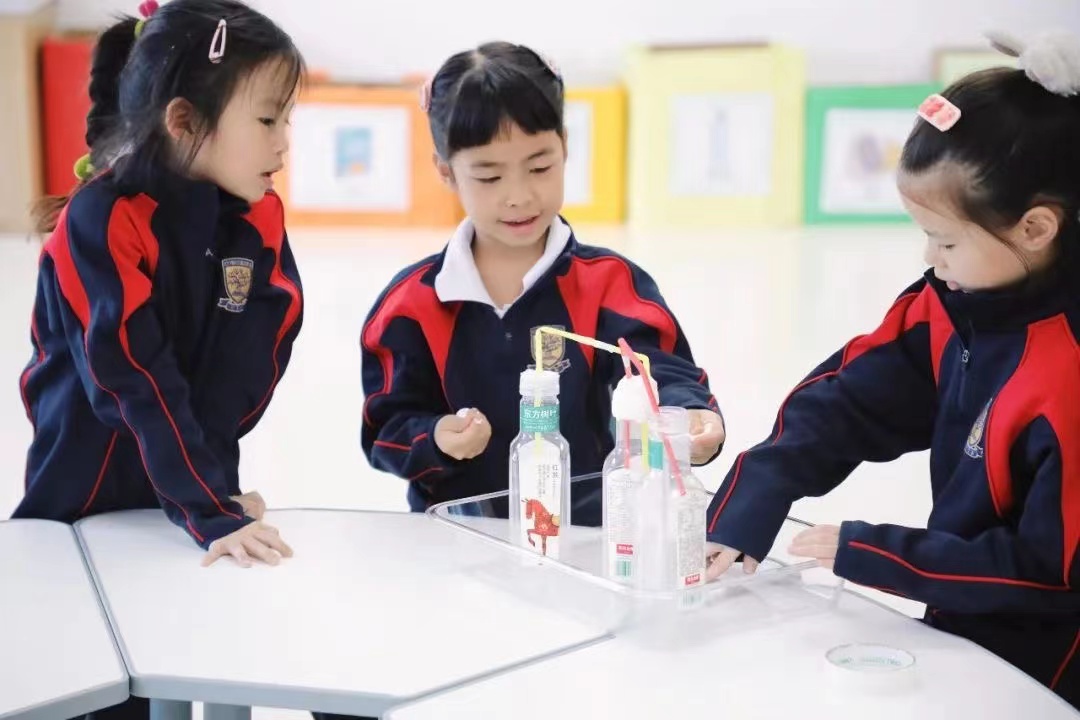
To make their human heart models work, the students squeezed the middle bottle and the straw between the atrium and ventricle bottle and watched their "blood" squirt out into the body.
Then they pinched the straw between the ventricle and body and let go off the middle bottle and watched the blood move from the atrium into the ventricle. Then repeat, repeat, repeat to pump blood from the atrium, into the ventricle then out to the body!
Makey Makey and
Scratch Interactive Poste
At the end of the unit of inquiry the students shared their learning by creating a talking interactive poster. They learnt to record their voices in scratch and link the recordings to their posters using the makey makey so that when they press each body part the information plays.
Concordia International School Ningbo serves students from age 3 to age 18 and provides a rigorous, globally focused education that fosters inquiry, knowledge empathy, and nurtures a lifelong love of learning.
Concordia International School Ningbo
+86(0)574 8807 6699
No.18 Guangfu street,Yinzhou District,Ningbo
Concordia International School Ningbo All right reserved.

朱经理
86-139-8933-7302